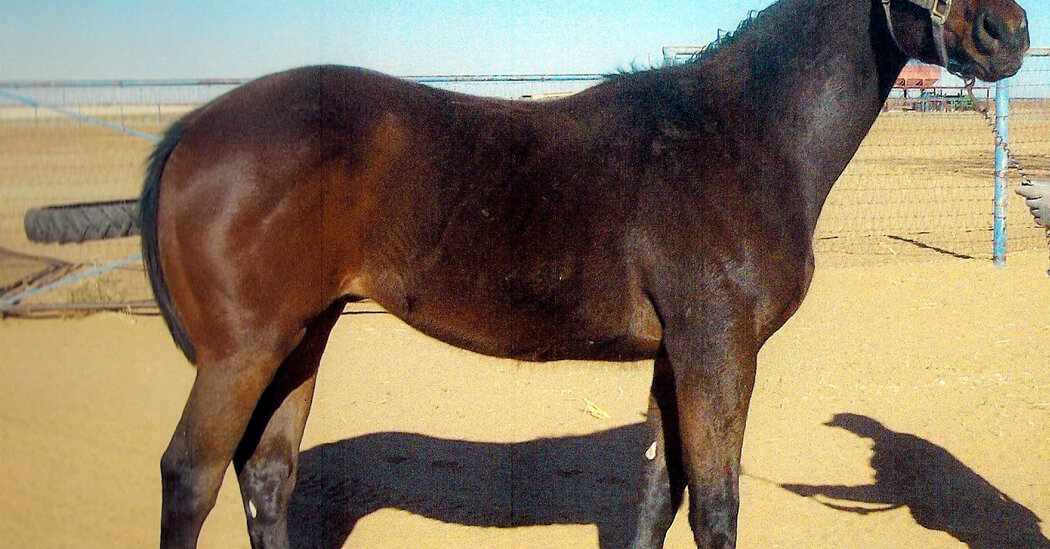Why Did Forte’s Positive Test Take Eight Months to Become Public?
Three days after a Kentucky Derby in which five horses were scratched, including the morning-line favorite Forte, The New York Times reported that Forte had failed a drug test after winning the Hopeful Stakes on Sept. 5. Two days after that report, Forte was disqualified from the Hopeful and his trainer, Todd Pletcher, was suspended for 10 days and fined $1,000.
In the eight months since Forte’s failed test, he won four races, including the Breeders’ Cup Juvenile in November and the Florida Derby last month. Forte was named horse racing’s 2-year-old male champion, a title that greatly increased his value as a potential stallion for his co-owners Mike Repole and Vincent Viola. So what took so long for the failed test to become public?
In New York, where the Hopeful Stakes was held at Saratoga, the stewards identify horses to have both blood and urine samples drawn after a race, as is the protocol in most racing jurisdictions. Once samples are taken, they are shipped to New York’s Equine Drug Testing and Research Laboratory in Ithaca for analysis, which usually takes about three weeks, according to the New York State Gaming Commission.
If the laboratory confirms the presence of a prohibited substance, the laboratory informs the commission, which informs the state steward at the racetrack where the horse’s sample originated. The steward identifies the horse and the trainer, and an investigation — witness interviews, written statements, analysis of evidence, review of records, etc. — begins. (Pletcher’s lawyer, Karen Murphy, was notified of Forte’s positive test on Sept. 29.)
The trainer is afforded the option of having a residual sample of the original, if available, tested at an approved laboratory of the trainer’s choice at the trainer’s expense. A trainer may also participate in a hearing to provide an explanation of his or her view of the circumstances. There are no timetables for these steps.
“Establishing a deadline is impractical,” Brad Maione, the director of communications for the state gaming commission, said, citing laboratory delays and the need to accommodate the schedules of all involved.
After the investigation, the trainer may be assessed a penalty by the state steward if a violation occurred. Rulings of violations are published on the commission’s website. Penalties may be challenged through an administrative hearing, which is where the Pletcher-Forte case stands now.
State regulators said they were unable to resolve the doping issue earlier because Pletcher exercised his right to have a residual sample tested, but had trouble finding an approved laboratory to accept the sample, even though a list was provided and is available on the Racing Medication and Testing Consortium website. The split sample arrived at Texas A&M’s laboratory on Dec. 21; the positive result was confirmed on Jan. 28. Afterward, Murphy, Pletcher’s lawyer, repeatedly sought to postpone the hearing about the violation, according to correspondence provided by the commission; Murphy disputes those claims. On May 9, the parties finally met, and the penalty was handed down the next day.
Beyond the stewards’ ruling, the Breeders’ Cup requires participants to disclose any previous drug violations when entering its championships. A spokeswoman said neither Pletcher nor the horse’s owners told organizers about the colt’s testing positive for meloxicam, a nonsteroidal anti-inflammatory drug used to manage pain and swelling, before Forte ran in the Breeders’ Cup Juvenile. She said Forte passed all of the pre-race regulatory, veterinary and drug testing requirements to race in Kentucky, where the Breeders’ Cup was held.


